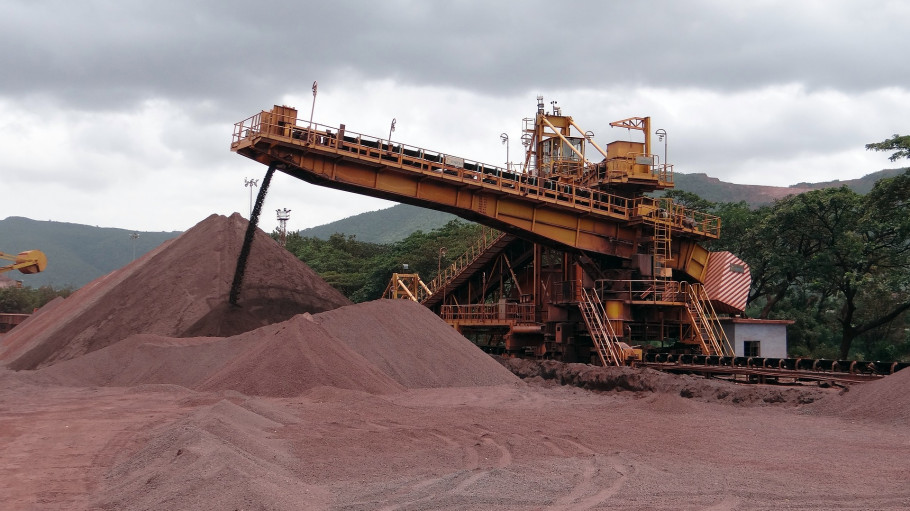
Issues » Environment » Raw materials
Raw materials
Recent content

The three main raw materials used to make pig iron (which is the raw material needed to make steel) for primary steel production in a blast furnace are the processed iron ore, coke (residue left after heating coal in the absence of air, generally containing up to 90% carbon) and limestone (CaCO3) or burnt lime (CaO), which are added to the blast furnace at regular intervals.
Ironmaking furnaces require at least a 50% iron content ore for efficient operation. However, the cost of shipping iron ore means that it is often purified to some degree before being shipped - a process called 'beneficiation'. These processes include crushing, screening, tumbling, floatation, and magnetic separation. The refined ore is enriched to over 60% iron by these processes and is often formed into pellets before shipping.
In secondary steel production - in an electric arc furnace - scrap is the primary raw material. Scrap is also used in smaller quantities in primary steel production in order to control the reduction reaction (from iron oxides to 'free' Fe ions)
There are several basic elements which can be found in all commercial steels. Carbon is a very important element in steel since it allows the steel to be hardened by heat treatment. Only a small amount of carbon is needed to produce steel: up to 0.25% for low carbon steel, 0.25-0.50% for medium carbon steel, and 0.50-1.25% for high carbon steel. Steel can contain up to 2% carbon, but over that amount it is considered to be cast iron, in which the excess carbon forms graphite. The metal manganese is used in small amounts (0.03-1.0%) to remove unwanted oxygen and to control sulfur. Sulfur is difficult to remove from steel and the form it takes in steel (iron sulfide, FeS) allows the steel to become brittle, or hot-short, when forged or rolled at elevated temperatures. Sulfur content in commercial steels is usually kept below 0.05%. A small quantity of phosphorus (usually below 0.04%) is present, which tends to dissolve in the iron, slightly increasing the strength and hardness.
Steel can be given many different and useful properties by alloying the iron with other metals such as chromium, molybdenum, nickel, aluminum, cobalt, tungsten, vanadium, and titanium, and with nonmetals such as boron and silicon.
Source: https://science.jrank.org/pages/6483/Steel-Raw-materials.html
Brussels, 13 December 2023 – The exclusion of ferrous scrap from the Critical Raw Materials Act (CRMA) and specific provisions in the Waste Shipment Regulation (WSR) recently agreed risk jeopardising sufficient supply and quality of this valuable secondary material, which is essential for the decarbonisation of the steel industry. Despite some progress made to improve recycling and export criteria, an important way forward to ensure green steel and resilient cleantech value chains made in Europe is to recognise ferrous scrap as secondary strategic raw material and include it in all relevant legislation, says the European Steel Association.
Joint letter of Europe’s clean technology industries & key materials suppliers
New global reality requires disruptive thinking and innovative measures